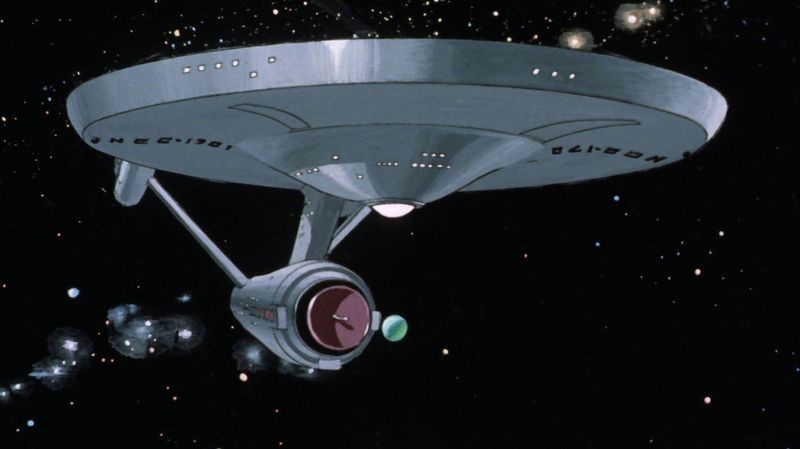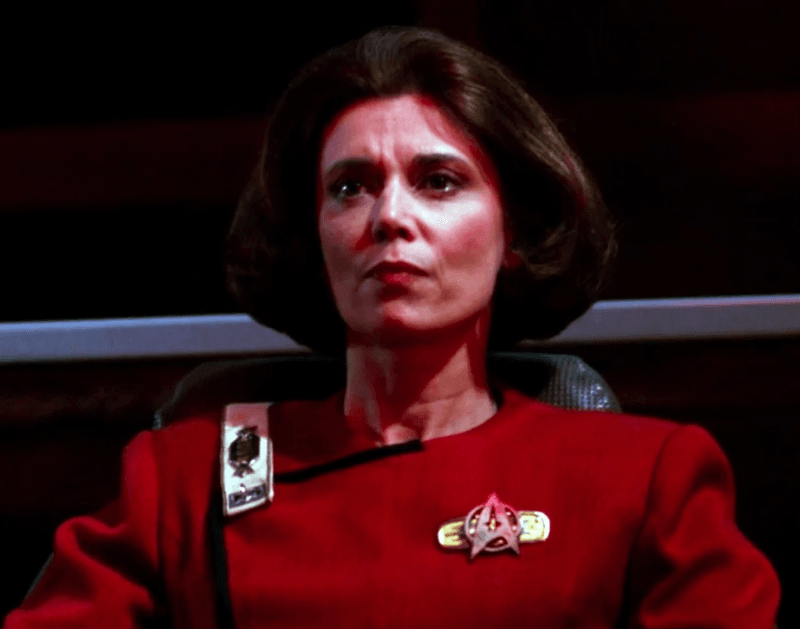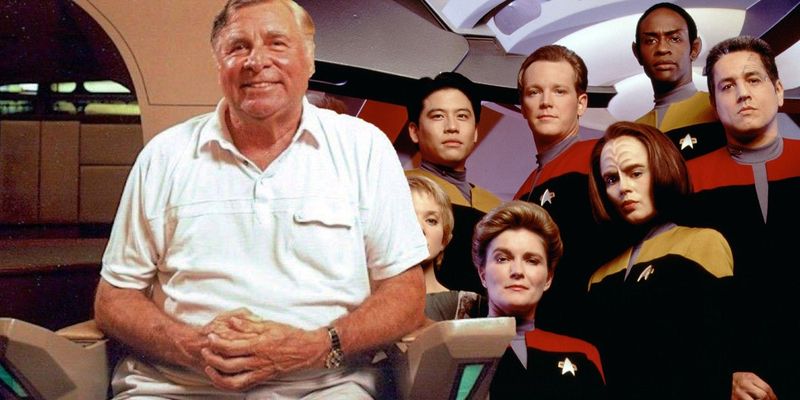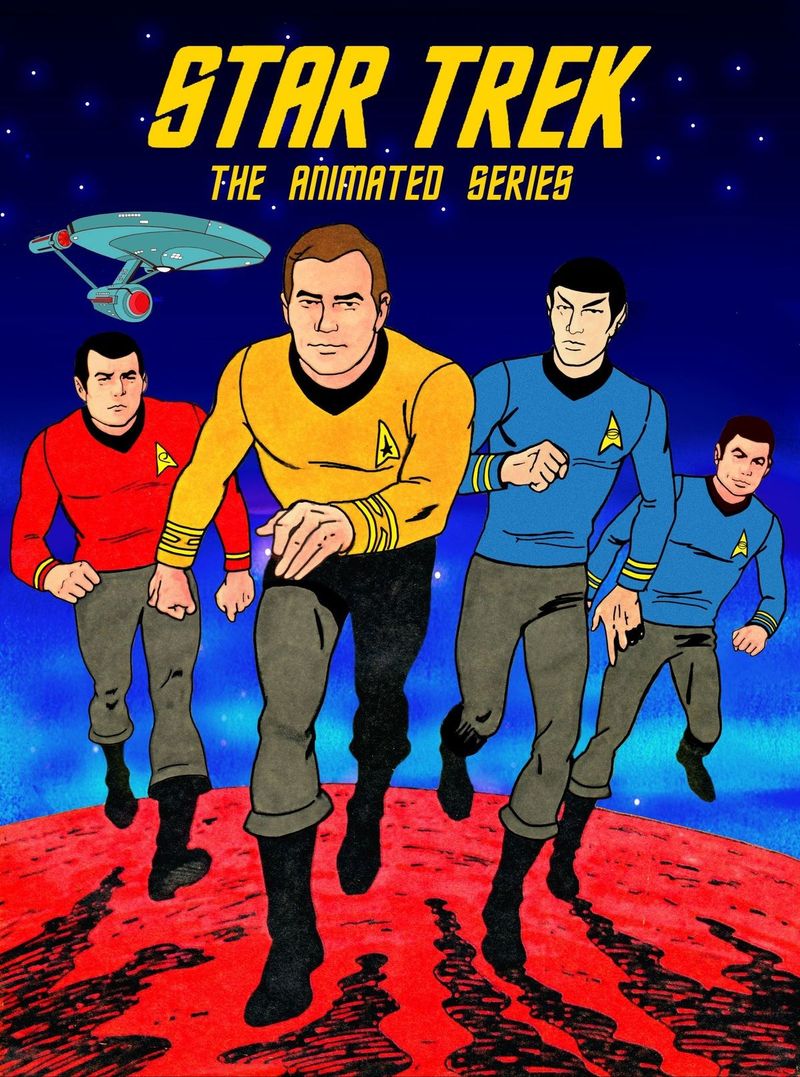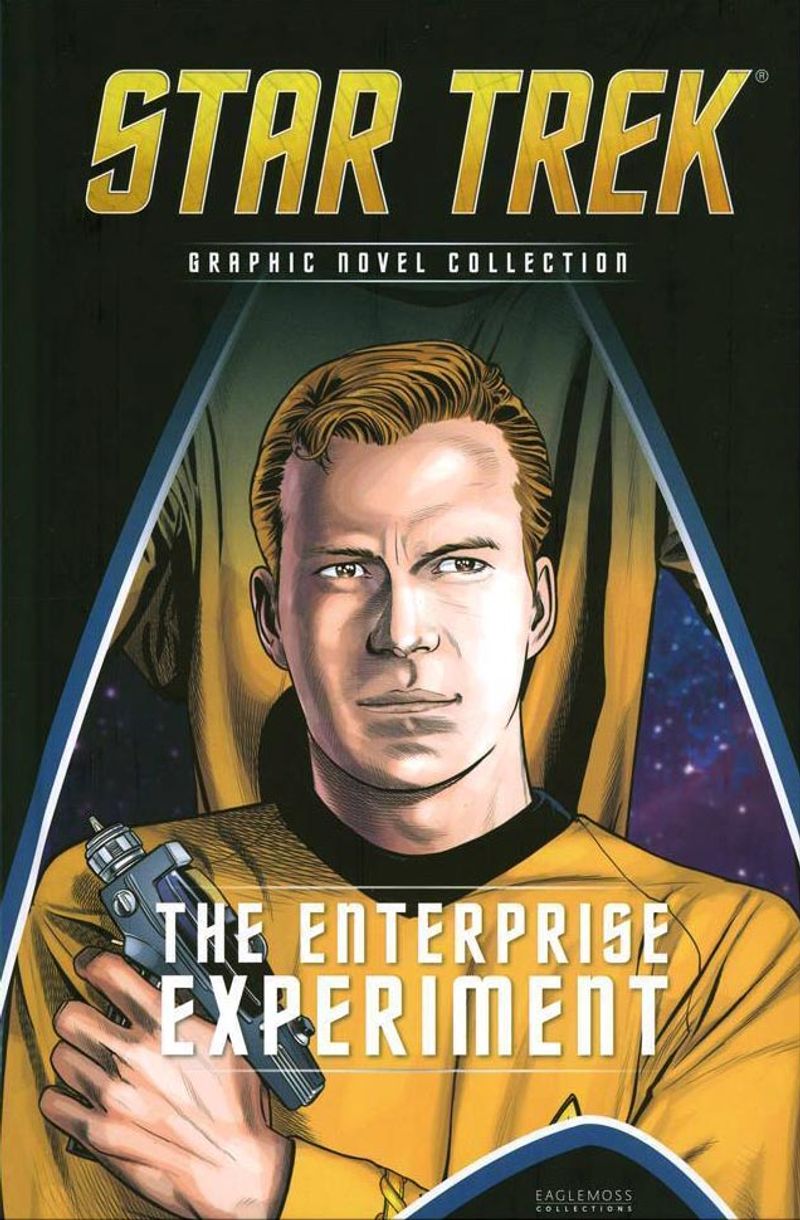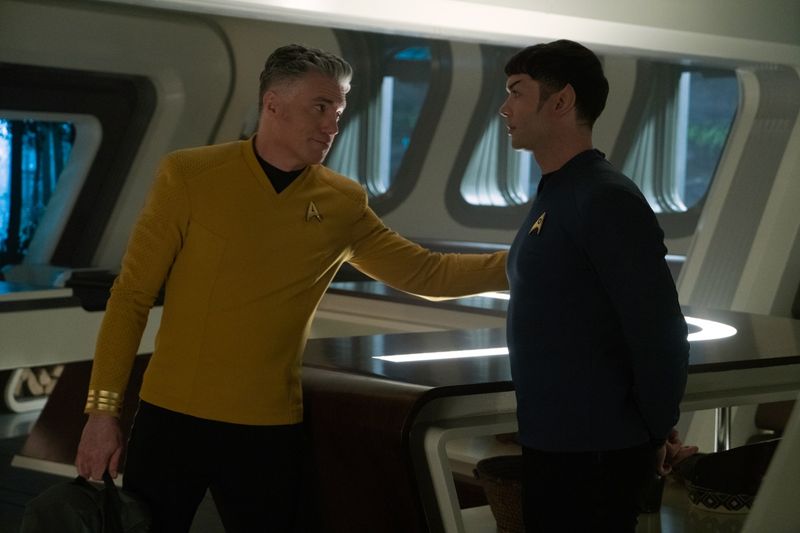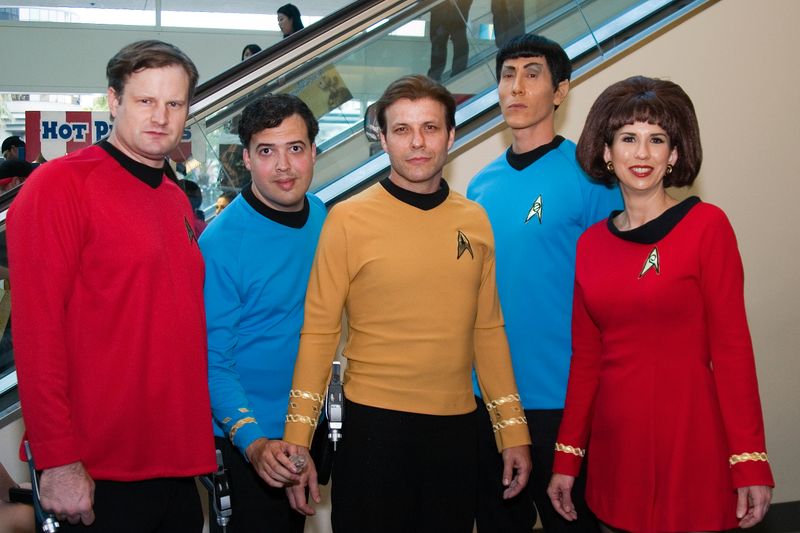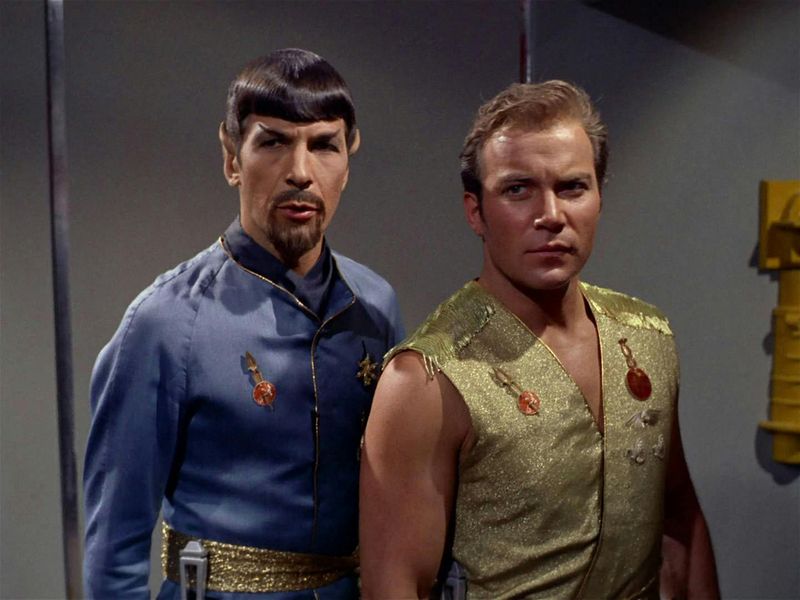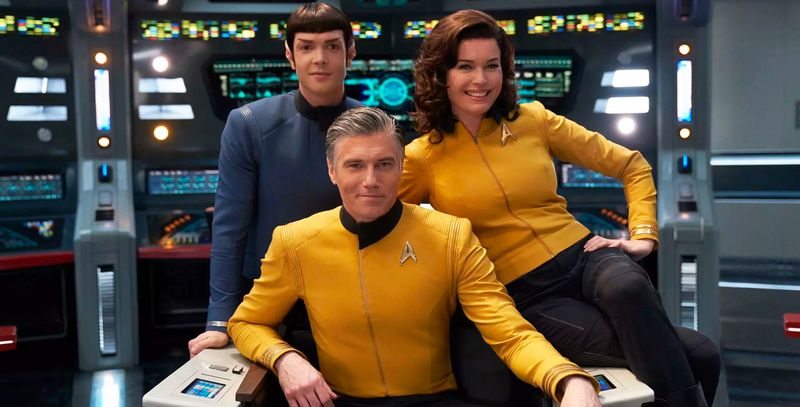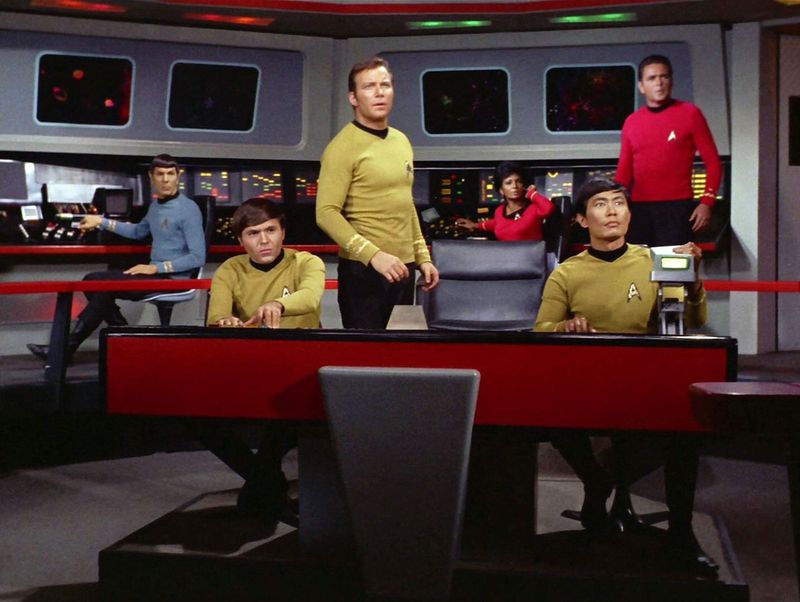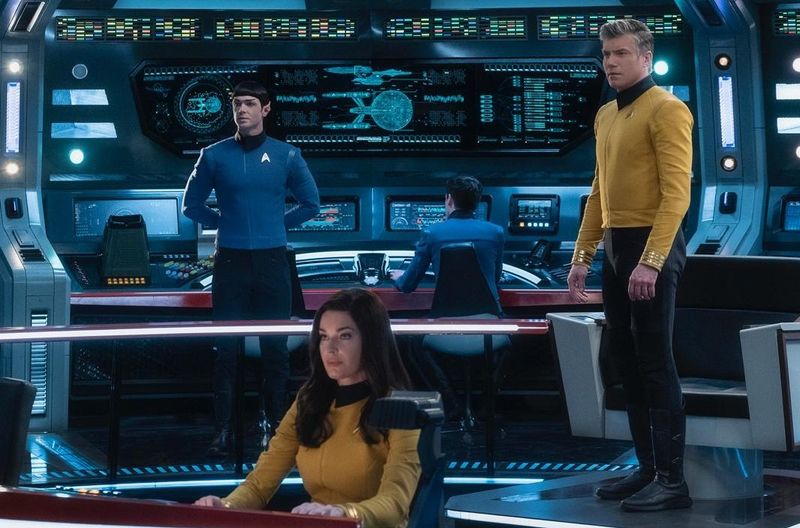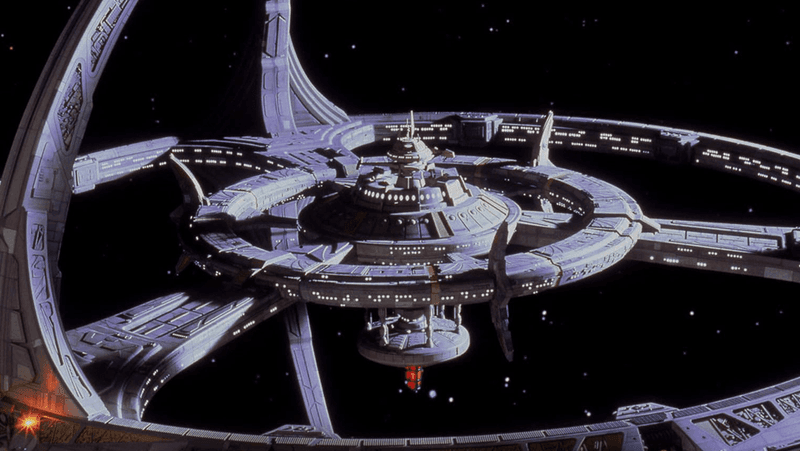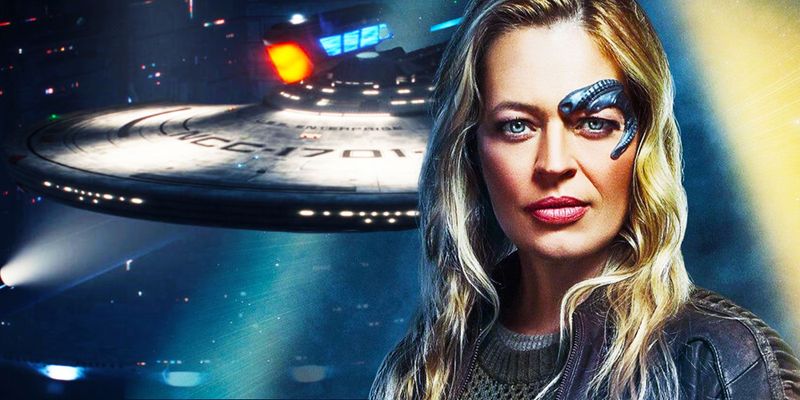50 years ago, Star Trek quietly introduced a bold new direction for the franchise—one that never took off.
Hidden in plain sight as a backdoor pilot, Assignment: Earth offered a unique blend of sci-fi, espionage, and social commentary.
Though it never became a full series, its ideas remain strikingly relevant today. Here are 17 reasons why this lost spin-off deserves your attention now more than ever.
1. A Visionary Concept Ahead of Its Time
Long before environmentalism was mainstream, this spin-off tackled issues like sustainability and AI ethics. The series envisioned a future where technology harmonizes with nature, not dominates it. It dared to question humanity’s impact on the environment through compelling narratives.
In a decade where such themes were rare, this series stood out. Its bold storytelling ignites conversations still relevant today. Audiences were challenged to consider the ethical implications of technology long before it became a global conversation.
It pushed boundaries of sci-fi storytelling, not just with innovative ideas but through meaningful social commentary, making it a forward-thinking masterpiece.
2. The First Female Starfleet Captain in a Leading Role
Before Janeway navigated the Delta Quadrant, this trailblazing series gave us a groundbreaking female captain. Her leadership shattered stereotypes, offering a nuanced portrayal of strength and empathy. Viewers were introduced to a progressive icon who led with intelligence and composure.
This character became a beacon of representation in a male-dominated genre, inspiring viewers and future creators alike. Her presence was a subtle yet powerful statement on gender equality in an era still grappling with it.
Decades later, she remains a symbol of empowerment, reminding audiences of the potential for diverse stories in sci-fi.
3. Unofficial Continuation of Roddenberry’s Utopian Ideals
Though Gene Roddenberry didn’t officially helm this spin-off, his vision permeated every episode. The series embraced diversity with a multicultural cast, echoing Roddenberry’s dream of a unified future. It continued the legacy of hope and inclusion that Star Trek is known for.
The show’s dedication to Roddenberry’s ideals made it a spiritual successor to the original series. It explored themes of unity and equality, reflecting a future where differences are celebrated, not feared.
By embodying these principles, the spin-off kept the essence of Star Trek alive, ensuring its message of hope transcended generations.
4. Ties to the Animated Series
This lost gem seamlessly connected with Star Trek: The Animated Series, offering fans a unique continuity. Characters and universe elements crossed over, creating a rich tapestry of storytelling.
The collaboration between live-action and animation was rare at the time, making it a standout feature. It allowed for creative freedom and visual storytelling that expanded the Star Trek universe in unexpected ways.
Through shared animators and storylines, the spin-off bridged different eras of Star Trek, preserving its legacy. This connection enriched the narratives, providing a comprehensive understanding of the Star Trek universe.
5. An Experimental Storytelling Format
In contrast to typical episodic formats, this series embraced experimental storytelling. Episodes were serialized or told from multiple perspectives, allowing for deeper character development and intricate plots.
This approach was daring for its time, challenging viewers to engage with complex narratives. It broke away from conventional storytelling, offering a fresh, innovative experience.
The format allowed for richer, more nuanced stories, setting a standard for future sci-fi shows. It demonstrated that television could be both entertaining and intellectually stimulating, paving the way for more ambitious storytelling in the genre.
6. Intellectually Rich Dialogue
Crafted by writers from acclaimed shows like The Twilight Zone, the dialogue in this series was a highlight. It sparked existential questions and philosophical debates, captivating audiences with its depth.
The show didn’t shy away from challenging topics, encouraging viewers to ponder complex issues. Each conversation was an opportunity to explore new ideas and push the boundaries of sci-fi narratives.
This intellectual richness was a hallmark, setting it apart from contemporaries. The dialogue was not just filler; it was a vehicle for exploring profound themes, ensuring the series’ enduring impact.
7. A Cult Following That Kept It Alive
Decades before social media, dedicated fans kept the spirit of this series alive through fanzines, conventions, and fanfiction. Their passion and creativity preserved its legacy, ensuring it remained in the cultural conversation.
These grassroots efforts built a community of enthusiasts who cherished the show’s unique charm. They shared stories and theories, keeping the series relevant despite its limited run.
The cult following exemplified the power of fandom long before it became mainstream. This enduring dedication highlights the show’s impact and its ability to inspire a devoted audience across generations.
8. Groundbreaking Practical Effects
Despite budget constraints, the series pushed the boundaries of practical effects. Models and optical techniques created visually stunning scenes, setting new standards in sci-fi production.
These innovations were a testament to the crew’s creativity and resourcefulness. The effects were not just for spectacle; they enhanced the storytelling, immersing audiences in a believable future.
Some techniques were even reused in later Star Trek shows, demonstrating their lasting influence. The series’ pioneering approach to effects remains a highlight, showcasing the potential of practical techniques in creating compelling sci-fi worlds.
9. Diverse Representation (For Its Time)
In an era with limited diversity on screen, this series stood out with its multicultural cast. It featured alien officers and characters from various backgrounds, setting a precedent for future Star Trek inclusivity.
The show celebrated differences, offering representation in a genre often criticized for its lack of diversity. It was a bold step towards a more inclusive portrayal of the future.
This commitment to diversity reflected the series’ progressive values, reinforcing its relevance today. It paved the way for more varied storytelling in sci-fi, proving that representation matters in crafting compelling narratives.
10. Early Exploration of the Mirror Universe
Before Deep Space Nine delved into the Mirror Universe, this series hinted at parallel dimensions. It explored themes of moral ambiguity and alternative realities, offering a fresh perspective on familiar characters.
These explorations challenged viewers to consider the complexity of morality and identity. The series’ approach to alternate realities set a foundation for future Star Trek narratives.
The Mirror Universe concept became a hallmark of the franchise, but it was this spin-off that initially dared to explore its potential. It opened up possibilities for deeper character studies and complex storytelling.
11. Forgotten Guest Stars
Before they became Hollywood stars, actors like Ed Begley Jr. and Stockard Channing graced this series with memorable performances. Their appearances added depth to the show and showcased their early talent.
These guest stars brought unique energy to their roles, elevating the narratives with their presence. Their involvement highlighted the series’ ability to attract diverse talents even in its short run.
For fans of these actors, revisiting their performances offers a glimpse into their early careers. These guest appearances remain a charming aspect, adding to the series’ rich tapestry of storytelling.
12. A Unique Starfleet Ship Design
This series introduced a radical Starfleet ship design, powered by solar sails instead of warp drive. This innovative concept stood out, adding to the show’s uniqueness.
The ship’s design reflected the series’ forward-thinking approach, blending technology with elegance. It became a visual symbol of the series’ originality and creative ambition.
Though not reused, this design remains a fan favorite, representing the series’ willingness to explore new ideas. It showcased the potential for imaginative concepts in sci-fi, inspiring future Starfleet designs and narratives.
13. Deepened Klingon and Romulan Lore
Without CGI limitations, this series expanded Klingon and Romulan cultures through rich dialogue and subtext. It delved into their politics and traditions, offering a nuanced portrayal of these iconic races.
The writers’ focus on cultural depth and complexity set a new standard for alien races in sci-fi. This exploration added layers to the Star Trek universe, enriching its lore.
By deepening these cultures, the series offered fans a richer understanding of the Star Trek world. It highlighted the importance of storytelling in developing empathetic and multidimensional alien characters.
14. Allegorical Storytelling
Through allegory, the series tackled pressing issues like Cold War tensions and climate change. It used sci-fi narratives to explore these topics, offering insightful commentary on contemporary concerns.
The show’s ability to weave real-world issues into its stories made it a powerful tool for reflection. It encouraged viewers to consider the implications of these challenges through the lens of fiction.
This allegorical approach enriched the narratives, providing depth and relevance. It demonstrated the potential of sci-fi to address important themes, ensuring the series’ lasting impact and resonance.
15. One Season, All Killer No Filler
Despite its short run, every episode of this series added something significant to the story arc. With only 13 episodes, there was no room for filler, ensuring quality storytelling throughout.
Each episode was crafted with care, focusing on meaningful narratives and character development. This concise approach allowed for a tight, engaging story that resonated with audiences.
The series’ brevity became one of its strengths, allowing it to deliver impactful stories without unnecessary fluff. Its commitment to quality over quantity remains a testament to its creative vision and storytelling prowess.
16. Rediscovery Through Streaming
Recently made available on niche streaming platforms, this series has been rediscovered by a new generation of fans. Its accessibility has reignited interest, introducing it to audiences who missed its original run.
Streaming has breathed new life into the series, allowing it to reach a wider audience than ever before. Fans can now easily explore its innovative storytelling and rich narratives.
This rediscovery highlights the enduring appeal of the series and its relevance in today’s media landscape. It underscores the value of classic sci-fi, proving that great storytelling transcends time.
17. A Reboot Could Actually Work
Given today’s technological advancements and appetite for rich sci-fi, a reboot of this series could thrive. With modern effects and storytelling techniques, its core concepts could be elevated to new heights.
A reboot offers the chance to revisit and expand on the original narratives, bringing fresh perspectives to timeless themes. It could explore new dimensions of the Star Trek universe, appealing to both old fans and newcomers.
This potential makes a reboot an exciting prospect, promising to honor the original while innovating for the future. It highlights the series’ lasting impact and the opportunity to explore its untapped potential.

